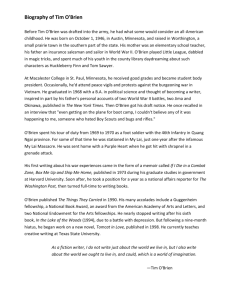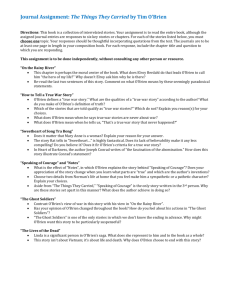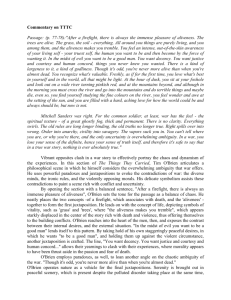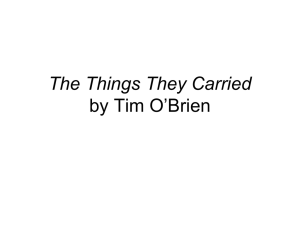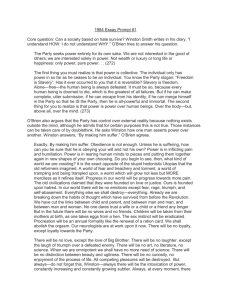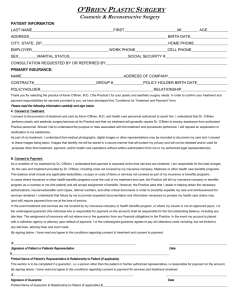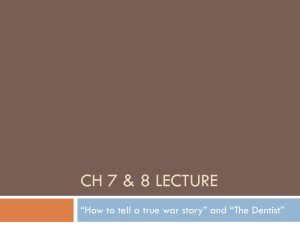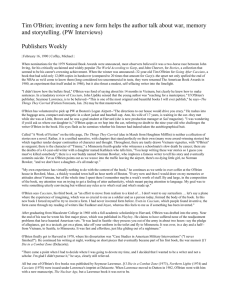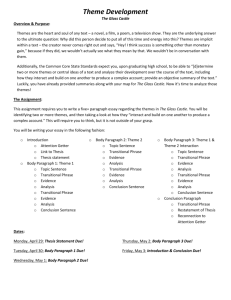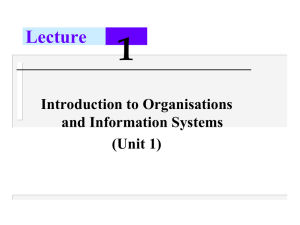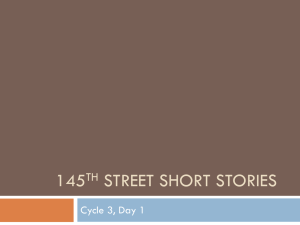The Things They Carried: Reading Journal
advertisement
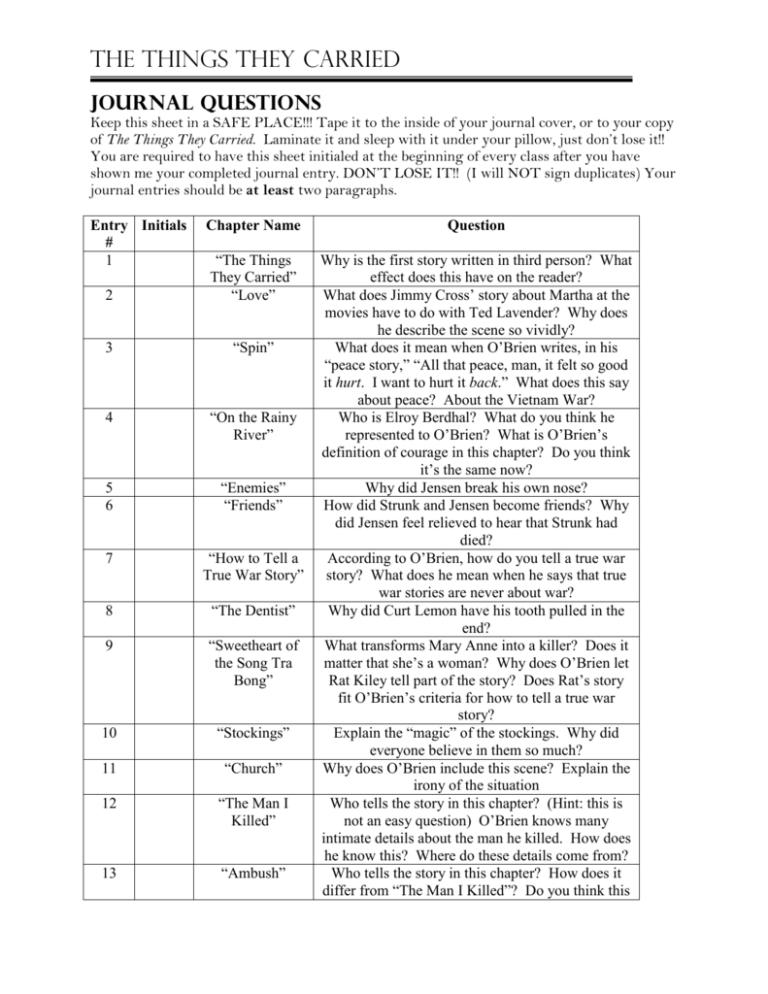
The Things They Carried Journal Questions Keep this sheet in a SAFE PLACE!!! Tape it to the inside of your journal cover, or to your copy of The Things They Carried. Laminate it and sleep with it under your pillow, just don’t lose it!! You are required to have this sheet initialed at the beginning of every class after you have shown me your completed journal entry. DON’T LOSE IT!! (I will NOT sign duplicates) Your journal entries should be at least two paragraphs. Entry Initials # 1 Chapter Name Question 2 “The Things They Carried” “Love” 3 “Spin” 4 “On the Rainy River” 5 6 “Enemies” “Friends” 7 “How to Tell a True War Story” 8 “The Dentist” 9 “Sweetheart of the Song Tra Bong” 10 “Stockings” 11 “Church” 12 “The Man I Killed” 13 “Ambush” Why is the first story written in third person? What effect does this have on the reader? What does Jimmy Cross’ story about Martha at the movies have to do with Ted Lavender? Why does he describe the scene so vividly? What does it mean when O’Brien writes, in his “peace story,” “All that peace, man, it felt so good it hurt. I want to hurt it back.” What does this say about peace? About the Vietnam War? Who is Elroy Berdhal? What do you think he represented to O’Brien? What is O’Brien’s definition of courage in this chapter? Do you think it’s the same now? Why did Jensen break his own nose? How did Strunk and Jensen become friends? Why did Jensen feel relieved to hear that Strunk had died? According to O’Brien, how do you tell a true war story? What does he mean when he says that true war stories are never about war? Why did Curt Lemon have his tooth pulled in the end? What transforms Mary Anne into a killer? Does it matter that she’s a woman? Why does O’Brien let Rat Kiley tell part of the story? Does Rat’s story fit O’Brien’s criteria for how to tell a true war story? Explain the “magic” of the stockings. Why did everyone believe in them so much? Why does O’Brien include this scene? Explain the irony of the situation Who tells the story in this chapter? (Hint: this is not an easy question) O’Brien knows many intimate details about the man he killed. How does he know this? Where do these details come from? Who tells the story in this chapter? How does it differ from “The Man I Killed”? Do you think this The Things They Carried 14 15 16 17 18 19 20 21 22 23 story is true? “Style” WHAT is this chapter about?! “Speaking of Explain the title; what does courage mean in this Courage” sense? This is the only other story (besides “The Things They Carried”) written in third person. Why are these stories set apart in this way? “Notes” What is the effect of this story, in which O’Brien explains the story behind “Speaking of Courage”? Does your appreciation of the story change when you learn which parts are “true” and which parts are the author’s invention? “In the Field” In this chapter, O’Brien writes, “When a man died, there had to be blame.” What does this mandate do to the men of O’Brien’s company? Are they justified in blaming themselves? How do they handle the guilt? “Good Form” In this chapter, O’Brien casts doubt on the validity of the entire novel. Why does he do this? What is the difference between “happening-truth” and “story-truth”? Explain which one O’Brien thinks is more important (if any). “Field Trip” What is the effect of O’Brien taking his daughter to Vietnam? Why did he go back? “The Ghost This is one of the only stories we don’t know the Soldiers” ending to in advance. Why does O’Brien want this story to be particularly suspenseful? How do you feel about O’Brien’s actions in this chapter? “Night Life” Explain the use(s) of the term “night life” in this chapter. What happened to Rat Kiley? “The Lives of the What do you make of Linda? Why does O’Brien Dead” include this story in the novel? What does Linda symbolize for him? (none) Why do you think O’Brien wrote this book? What is the effect of constantly reminding the reader that the stories aren’t true? How do you feel about the book as a whole?
